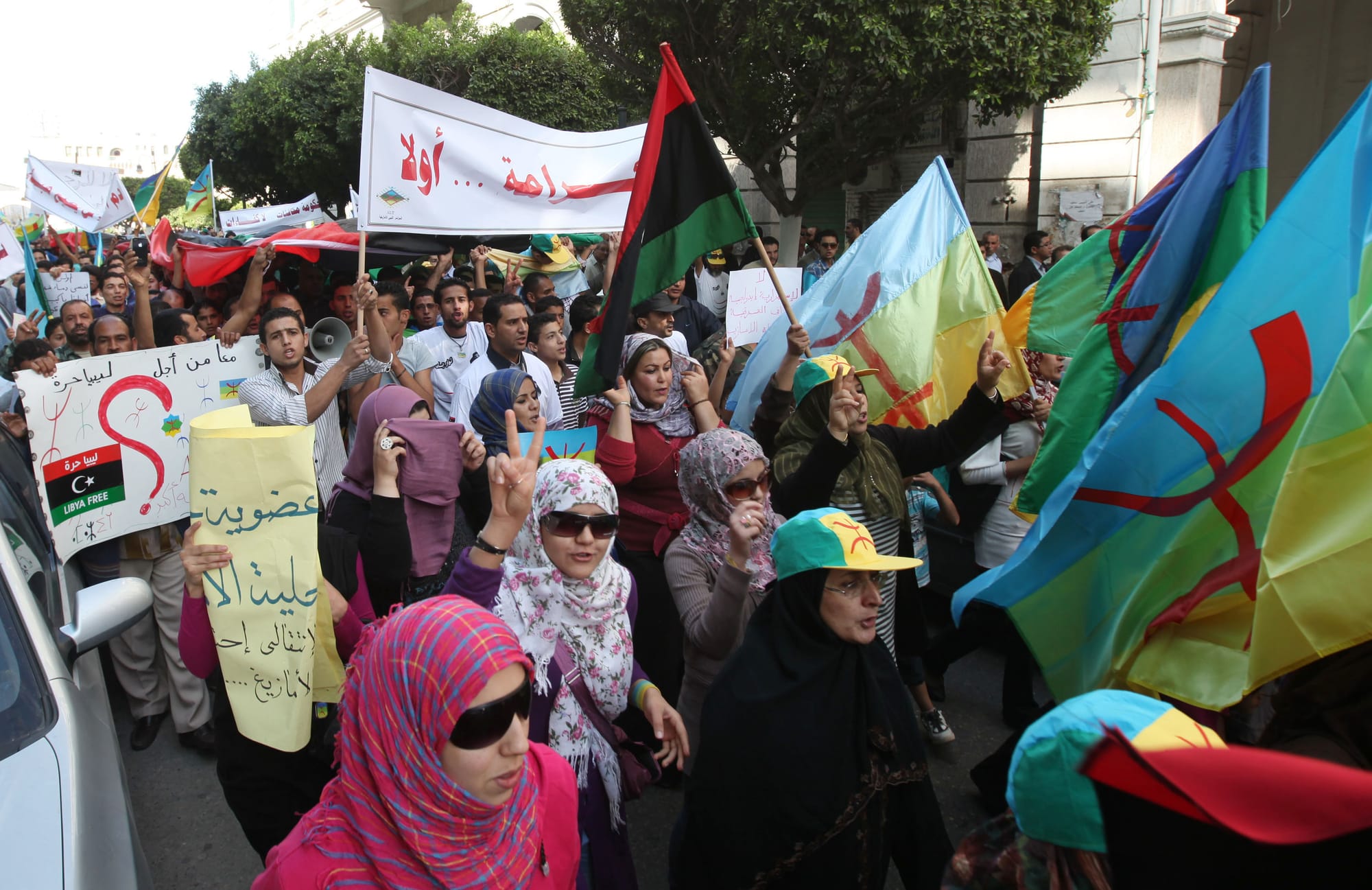Minorities in Libya Marginalized by the Revolution
Despite a decade of attempts to create a new democratic system of governance based on respect for human rights, efforts by non-Arab groups and other minorities in Libya to end discriminatory practices have been unsuccessful. The continued marginalization of minority groups is largely due to the pers











